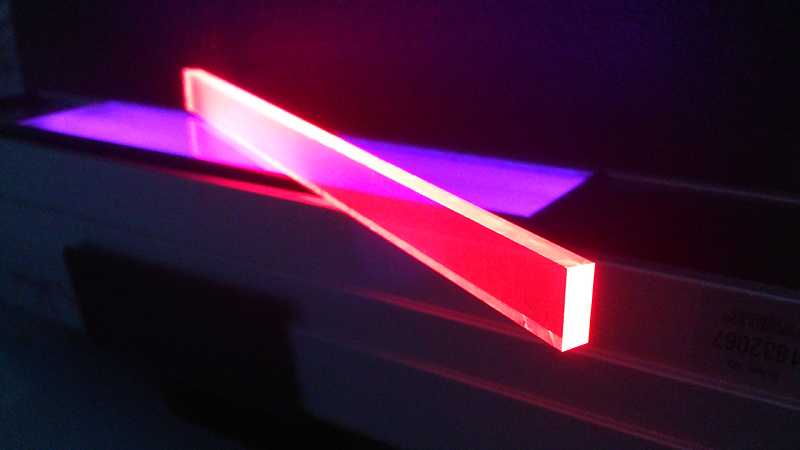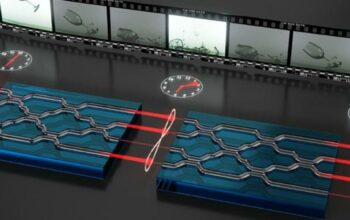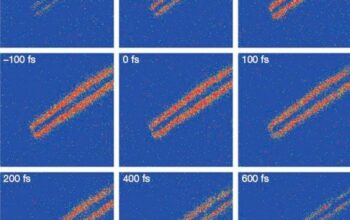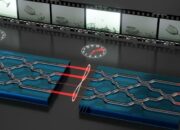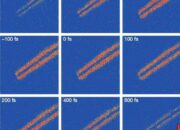In recent years, the advancement of photovoltaic technologies has garnered significant attention, particularly the integration of coated quantum dots into solar cell architectures. This innovative approach aims to enhance the efficiency of light harvesting in solar energy conversion systems, thereby addressing the ever-increasing global energy demand. This article delves into the fascinating realm of coated quantum dots and their potential to revolutionize solar cells, elucidating their mechanisms, types, benefits, challenges, and future prospects.
Understanding Coated Quantum Dots
Coated quantum dots (QDs) are nanometer-sized semiconductor particles that exhibit unique optical and electronic properties due to quantum confinement effects. These properties are dictated by their size, shape, and material composition, enabling QDs to absorb and emit light in a size-tunable fashion. The coating of these quantum dots typically involves a shell material that enhances their stability, optical properties, and overall performance. Common core materials include cadmium selenide (CdSe), while popular shell materials may involve zinc sulfide (ZnS) or similar semiconductors.
One of the paramount attributes of quantum dots is their ability to efficiently absorb photons across a broad spectrum of wavelengths. This capacity is largely a function of their size, with smaller QDs displaying a tendency to absorb higher-energy photons, while larger QDs do so for lower-energy photons. Such behavior opens the door for creating tailored light-absorbing materials that can maximize energy conversion potential in solar cells.
Types of Coated Quantum Dots
Two primary classifications of coated quantum dots used in solar cell applications can be recognized: inorganic and organic quantum dots. Inorganic quantum dots, as previously noted, frequently utilize combinations of elements such as cadmium, lead, and selenium. Their exceptional photostability and efficient photogenerated electron transport make them exemplary candidates for solar cell inclusion. Conversely, organic quantum dots, though typically exhibiting lesser stability, offer advantages such as solution-processability and tunable properties through chemical modifications. Their relative ease of integration into diverse substrate materials provides a synergistic approach to solar cell design.
Mechanisms of Action
The operational principle of coated quantum dots in solar cells primarily hinges upon their exceptional light absorption and charge carrier dynamics. Upon exposure to incident sunlight, quantum dots can generate excitons—electron-hole pairs—through the absorption of photons. The efficiency of this process is critically important; thus, the integration of a well-engineered shell can facilitate enhanced electron mobility and minimized recombination rates.
Furthermore, by embedding quantum dots into a matrix that allows for effective energy transfer between them, solar cells can achieve greater overall efficiency. This phenomenon is particularly pronounced in tandem solar cells, where multiple layers of different bandgap materials work synergistically to capture a wider range of the solar spectrum. Coated quantum dots can effectively bridge the energy gaps between these layers, facilitating energy transfer and enhancing light conversion rates.
Benefits of Coated Quantum Dots in Solar Cells
The incorporation of coated quantum dots into solar cells yields a multitude of advantages. One notable benefit pertains to their tunable energy levels. This characteristic allows for customization to achieve optimal absorptive and emissive properties, leading to a significant enhancement in solar cell efficiency. Additionally, QDs can be synthesized in a variety of geometries and compositions, enabling diverse design options for next-gen photovoltaic technologies.
Moreover, coated quantum dots offer substantial stability improvements over traditional organic materials. As the need for sustainable energy solutions intensifies, the durability and longevity of materials utilized in solar panels become paramount. QDs demonstrate improved photostability, with many configurations displaying resilience to photodegradation, thus prolonging the functional lifespan of solar cells.
Challenges and Limitations
Future Prospects
